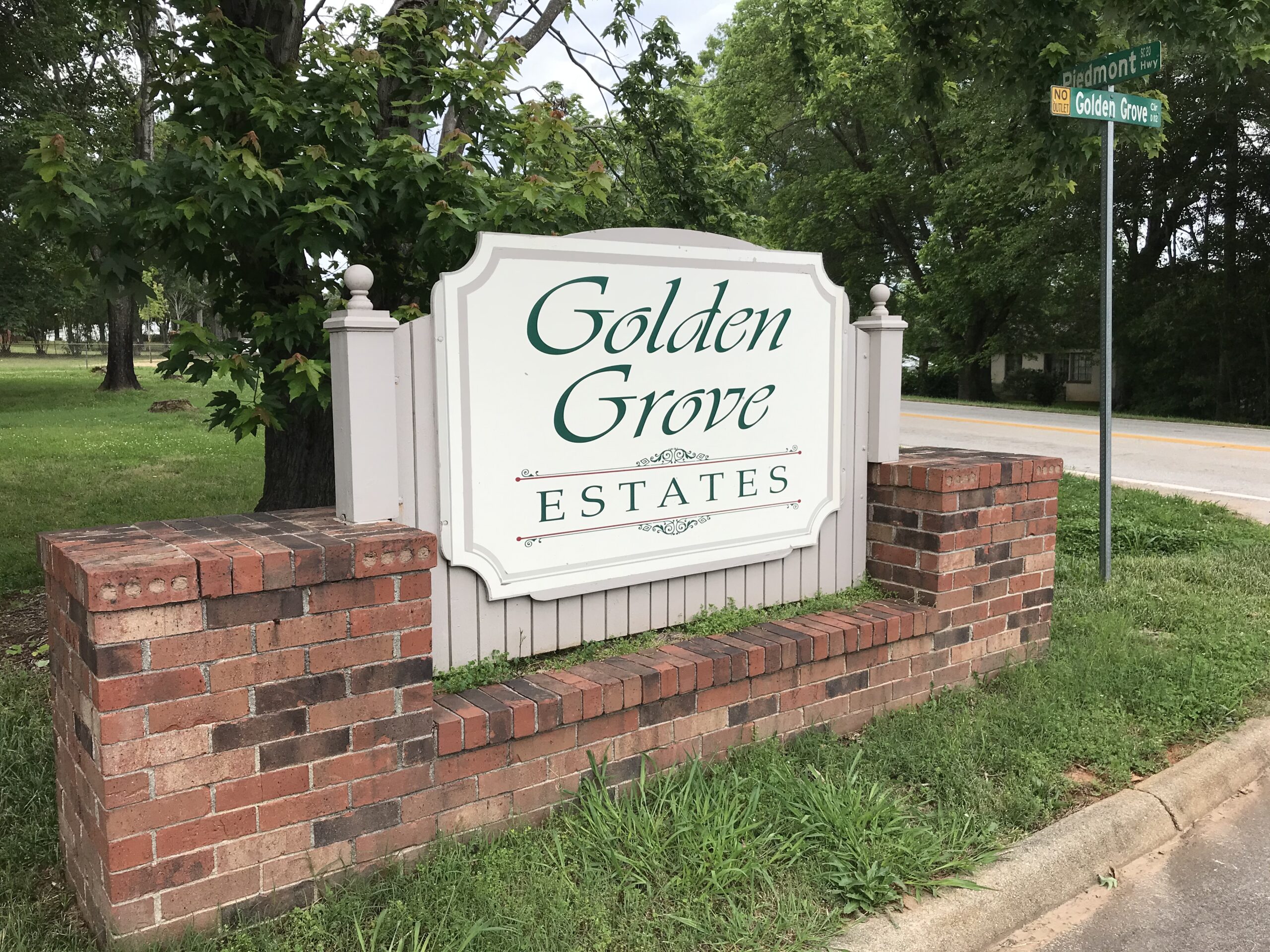At latitude 35o N the Brown Dog lies just above upstate South Carolina. That puts us slightly north of Chinese tea growing areas that fall around the 30th parallel. Not something
you think about most days. However, that observation was made by nineteenth century American farmers and used to promote the idea that tea (Camellia sinensis) would flourish in the southern United States. This was bolstered by the knowledge of camellia plantings, including tea plants, grew in the south in the eighteenth century.
Several attempts were made to act on that observation. The first attempt dedicated to propagate tea plants was in an area just south of Greenville, SC in the Golden Grove community. After publishing his research into tea growing, Junius Smith purchased land along the banks of the Saluda River in Greenville County and begin planting in 1848. His plants were grown from seeds sent from India by his daughter who lived there with her husband who served as an English military chaplain. Dr. Smith sent updates on his undertaking to newspapers, agricultural journals and the Department of Agriculture. His goals were modest. By this point in his life he was a widower and had been dealt a financial setback when his London based steam ship transport company had failed. He did not intend to produce tea for consumption, but hoped to establish a source for tea seeds that others could use to set up their own growing operations. His project was cut short when he was attacked in his home and died shortly afterwards in 1853. The attack may have been prompted by his anti-slavery views in antebellum South Carolina. After his death, the farm and his equipment were sold off. The archaeological survey prepared for the Charleston Caw Caw Interpretive Center discussed below, indicates that tea plants might still be present in the area of Dr. Smith’s farm. The majority of the land in Smith’s farm is now private. We have not investigated that claim, but a quick walk through adjacent river bottom land sections of the property along the Saluda River did not turn up any tea plants.

Historical Plaque on Tea Farm Road

The corner of Tea Farm and Shepard
The next attempt at tea cultivation in the United States was made in Riceville, GA slightly south of Savannah. These plantings were established by an Englishman who had worked on tea plantations in India. His plantings were abandoned after he was hired to oversee a new Department of Agriculture test farm for tea growing on the Newington Plantation outside Summerville SC, just above Charleston. The USDA farm, started in 1881, was a pet project of the then Secretary of Agriculture who wanted the United States to be less dependent on imported products. He targeted tea and sugar for domestic production due to the volume of annual imports of each. Eventually, the tea farm became a political liability for the Secretary and funding was cut off. In 1888 by Dr. Charles Shepard, a retired professor at the nearby Medical University of South Carolina in Charleston established the Pinehurst Tea Farm in Summerville. He moved plants from the USDA farm to his site and added additional plantings from seeds and plants he imported from Asia and India. His plantings were extensive and covered a large area. A collection of photos of the farm taken around 1900 held by the Charleston Historical Society can be viewed here.
In 1903 John Blake writes in his Tea Hints for Retailers that:
Of the several varieties of the [tea] plant under cultivation at Pinehurst those of Indian origin are the most prolific, and, from the bushes of these kind, twenty, or more, pickings are made during a season, or one about every ten days. The bushes of Chinese, Formosan and Japanese varieties permit of fewer pickings although they thrive very well and are being planted extensively.

Dr. Shepard
The cost of labor to pick the tea leaves was the main impediment to successful tea production. Shepard addressed this in part by establishing a school on the farm to educate local African-American children who were then used to pick the tea leaves (and paid modestly). The first child labor laws in the United States were passed in 1916. In 1915 Dr Shepard died. Pinehurst passed to his niece who added a tea room that became popular for Sunday brunch. A recent article by Jim Tatum in the Charleston Post and Courier reports in that in 1919 several buildings on the Farm burned prompting the Shepard’s heirs to sell the land. In the 1950s the area was developed. Most of the Pinehurst Farm became the Summerville Country Club. The land around Dr. Shepard’s home became a residential neighborhood. Many of the original plants persisted and came under the care of Harold Sebring, a retired Forester, who purchased Dr. Shepard’s house and the surrounding land with tea plants. In the 1950s the Lipton Tea then came calling. Working with the Clemson University Experiment Station, 15,000 plants were grown from cuttings taken from the Pinehurst tea bushes. In 1963 these plants were set out on Wadmalaw Island in the Lipton Tea Farm, now the current Charleston Tea Garden. Plants grown from the cuttings form the first block of plants seen when driving in to the Garden. The number of plants was extended with subsequent plantings made using 8 varieties selected from the original plantings. A historical marker at the Farm indicates that:
Because the Pinehurst plants had grown wild and cross-pollinated for decades prior to transfer they are now consider “South Carolina hybrids.”
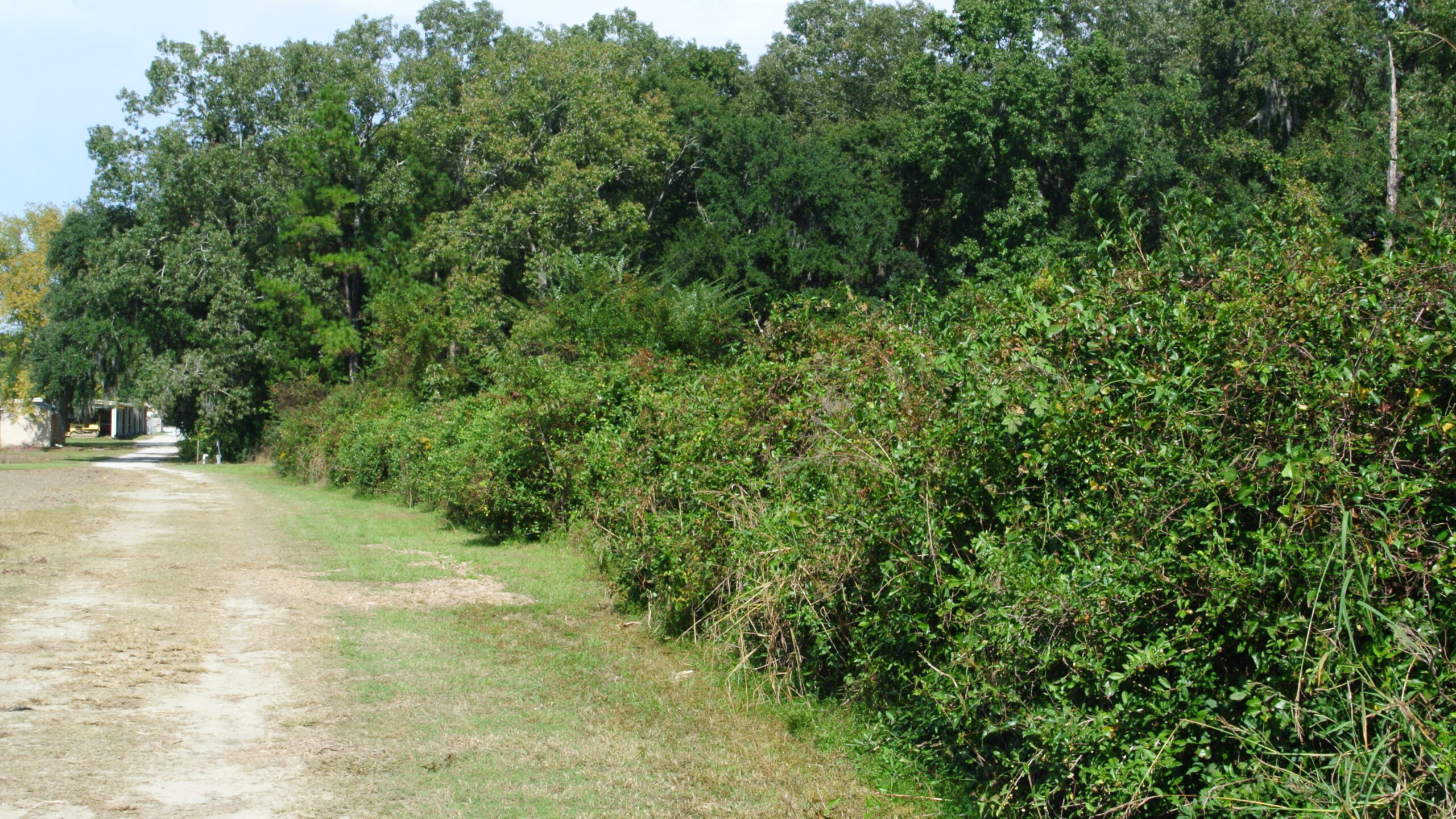
“South Carolina Hybrid” Tea Plants grown from original Pinehurst plants at the Clemson Station
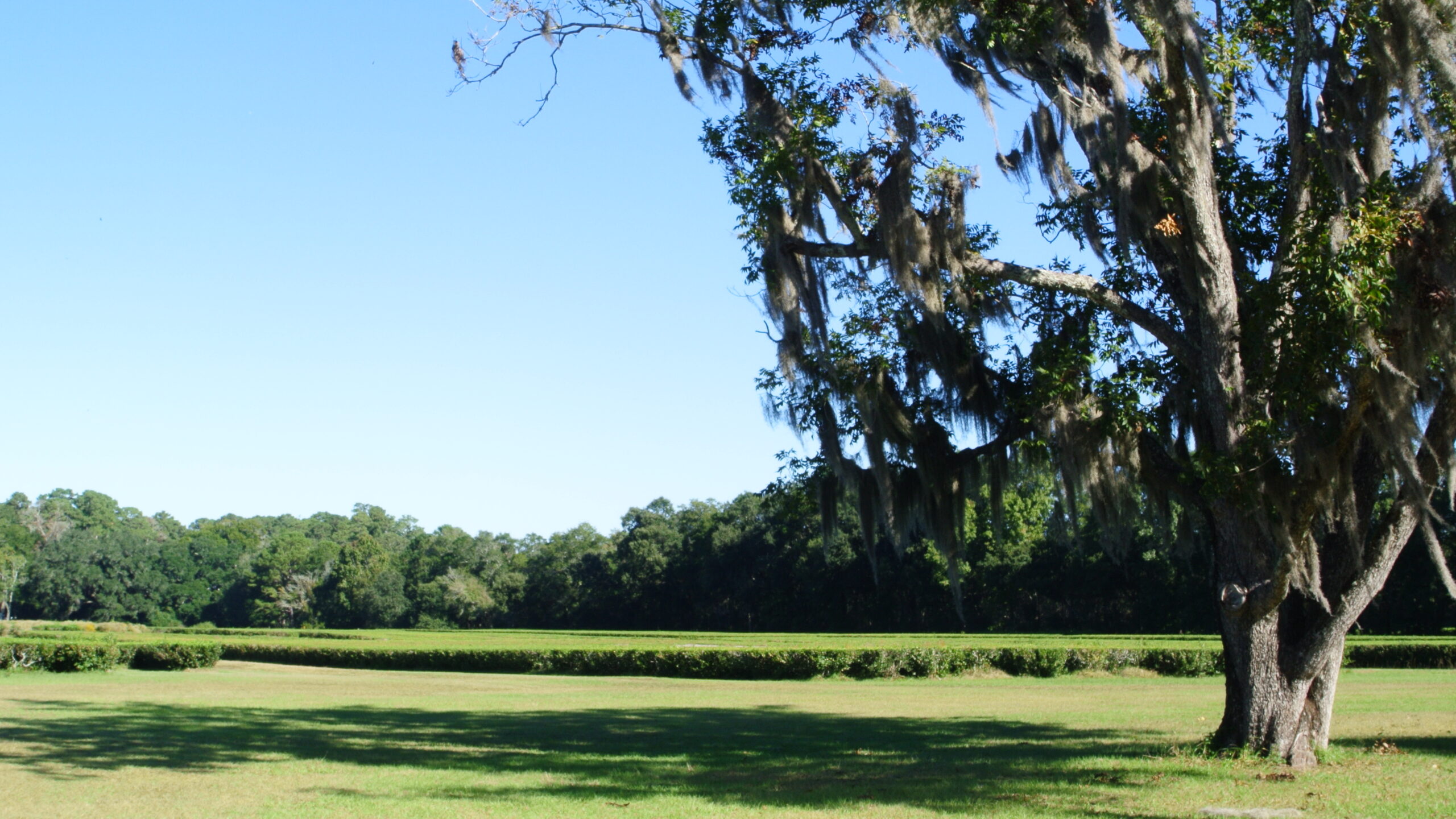
The Charleston Tea Farm
We found none of the original plants during a visit to the site of the old Pinehurst Tea Farm in late 2021. A neighbor indicated that at least one resident in the neighborhood had set out tea plants in her garden but the organized rows of plants from the original plantings are gone. Shepard’s house has also disappeared. Early in the twentieth century a brick veneer had been applied to the original wooden structure. The most recent owner had hoped to renovate the building but he found significant decay in the original wood structure when the brick covering was removed. The house was taken down and the bricks retained along with architectural features of the house stored in an out building on the site. A large underground cistern that was part of Dr. Shepard’s irrigation system is also still present. The property at 102 West Walker Drive in Summerville is currently (2022) for sale – 2.5 acres, $649,500
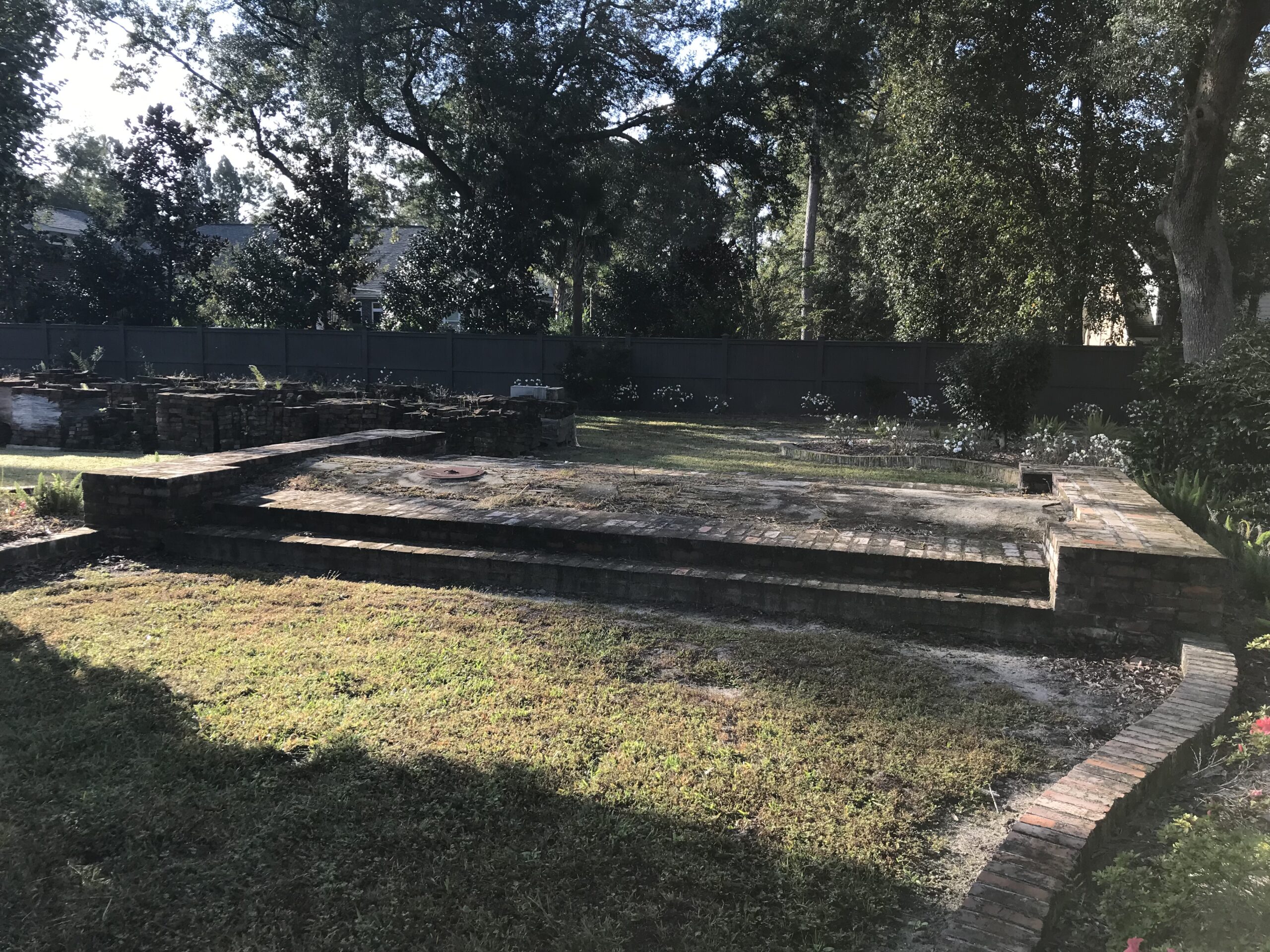
The Shepard home site. The cistern forms the entry way.
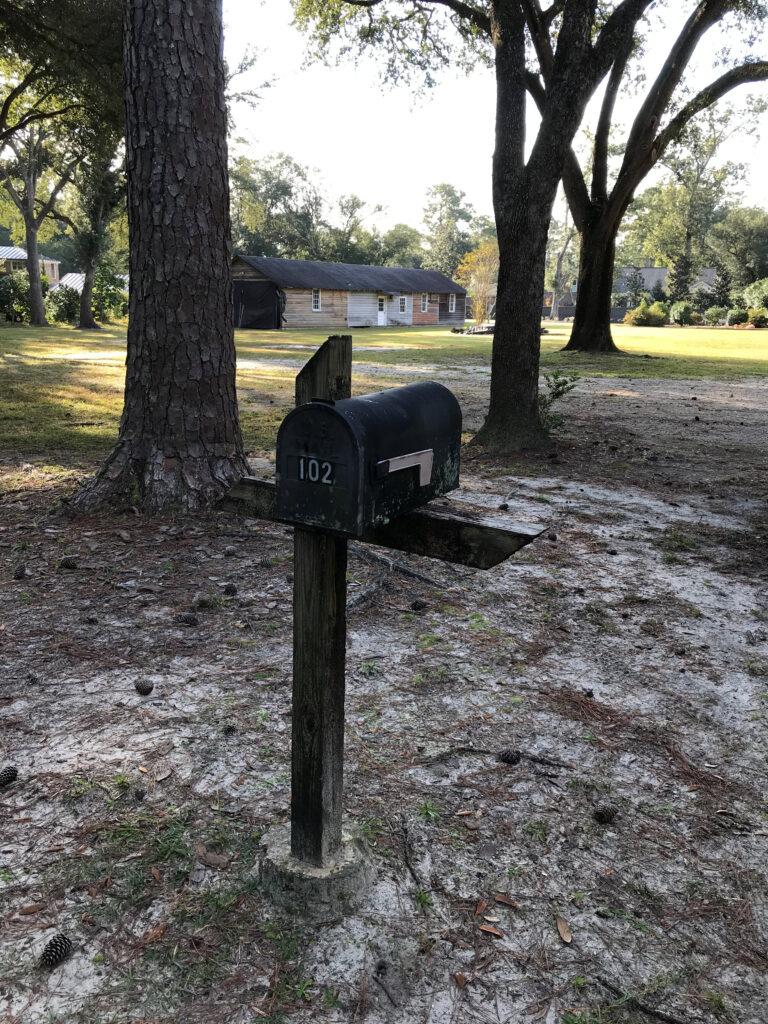
The mailbox marks the site of Dr. Shepard’s home site
Another venture, the American Tea Growing Company, was started just below Charleston in 1901. Blake’s Tea Hints reports that a nursery was established with seeds from China, Japan, Formosa, India and Ceylon. Seedling were set out in 1902 with plans to expand the area under cultivation. One of the company’s founders had worked with Dr. Shepard and likely used plants from Pinehurst to establish the new venture. Commercial tea production never seemed to occur. The American Tea Growing Company was dissolved and the land sold in 1914 following the death of one of the company owners. The land passed through several owners but was never developed and was used as a private hunting preserve. It was purchased by Charleston County in 1985. The land is now open to the public as the Caw Caw Interpretive Center. Many of the original tea plants are still growing and thriving.
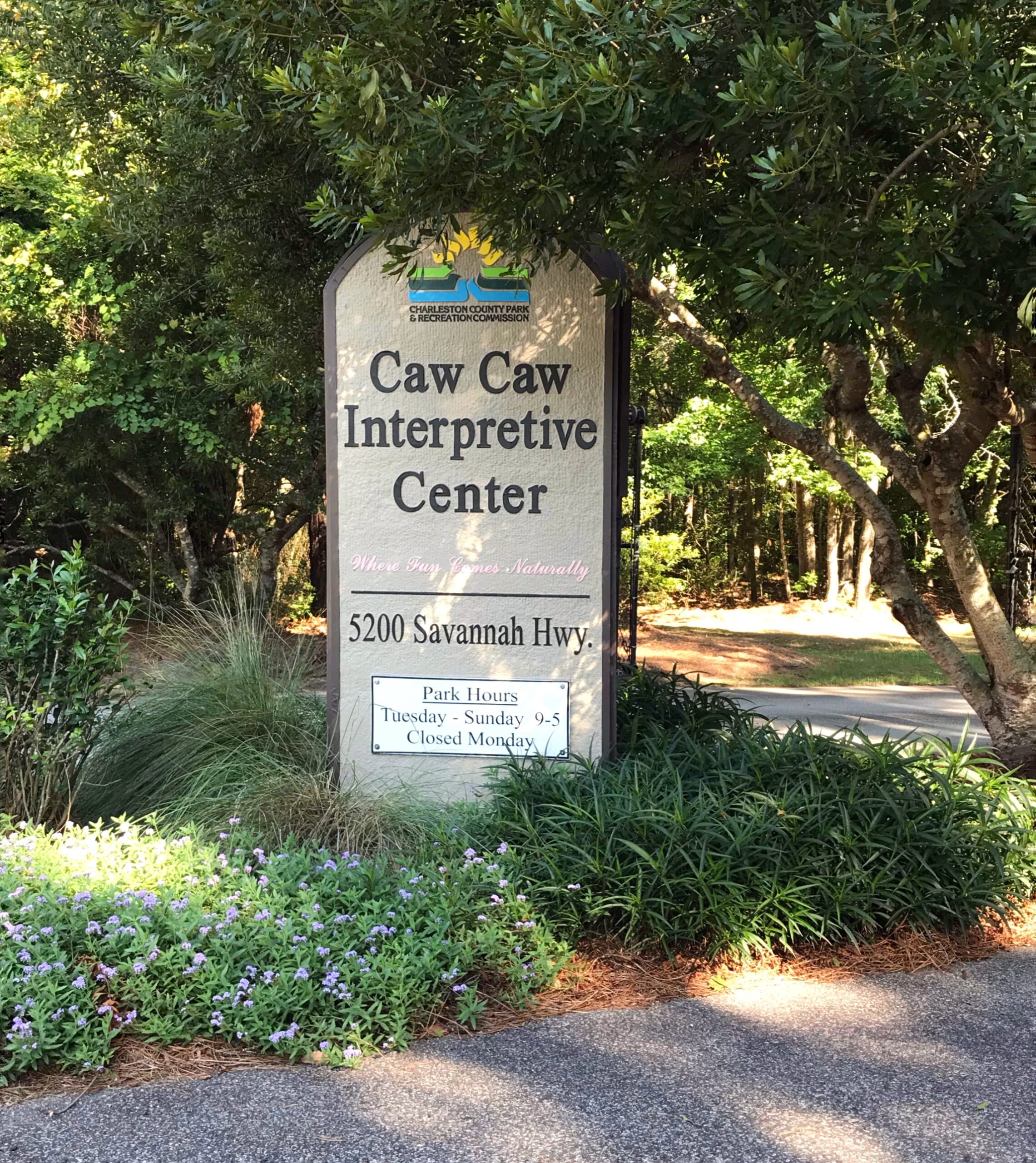 The tea plant is tough and long lived. News reports from Riceville GA in the 1800s talk about an annual event where local residents picked and made tea at the old farm in the years after the land was abandoned. We have not found reports that the plants are still present there.
The tea plant is tough and long lived. News reports from Riceville GA in the 1800s talk about an annual event where local residents picked and made tea at the old farm in the years after the land was abandoned. We have not found reports that the plants are still present there.The pandemic has given us time to track down several of these locations and the opportunity to visit them. Golden Grove is a modest community with no obvious signs of what took place all those years ago. The Pinehurst site, a neighborhood of single family homes, is lush and verdant. Two street names and a historical plaque mark the site of the farm. While driving down Tea Farm Road to Shepard Lane, it is easy to picture dark green tea plants thriving among the current gardens and lawns. The Newington Plantation site of the USDA farm is also a residential development with no tea plants identified on a walk through the neighborhood. Another historical marker is set in the middle of the development in a small wooded area. The Caw Caw Interpretive Center is open to the public. Walking trails lead you to the area where tea plants still grow, incorporated into the forest around and above them. The Charleston Tea Garden remains open to visitors and is producing tea. The farm tour is recommended. Bill Hall who managed the farm and was one of the two men who took over the farm from Lipton, died earlier this year. Hopefully his work will be continued by the Bigelow Tea Company, the farm’s current owners.
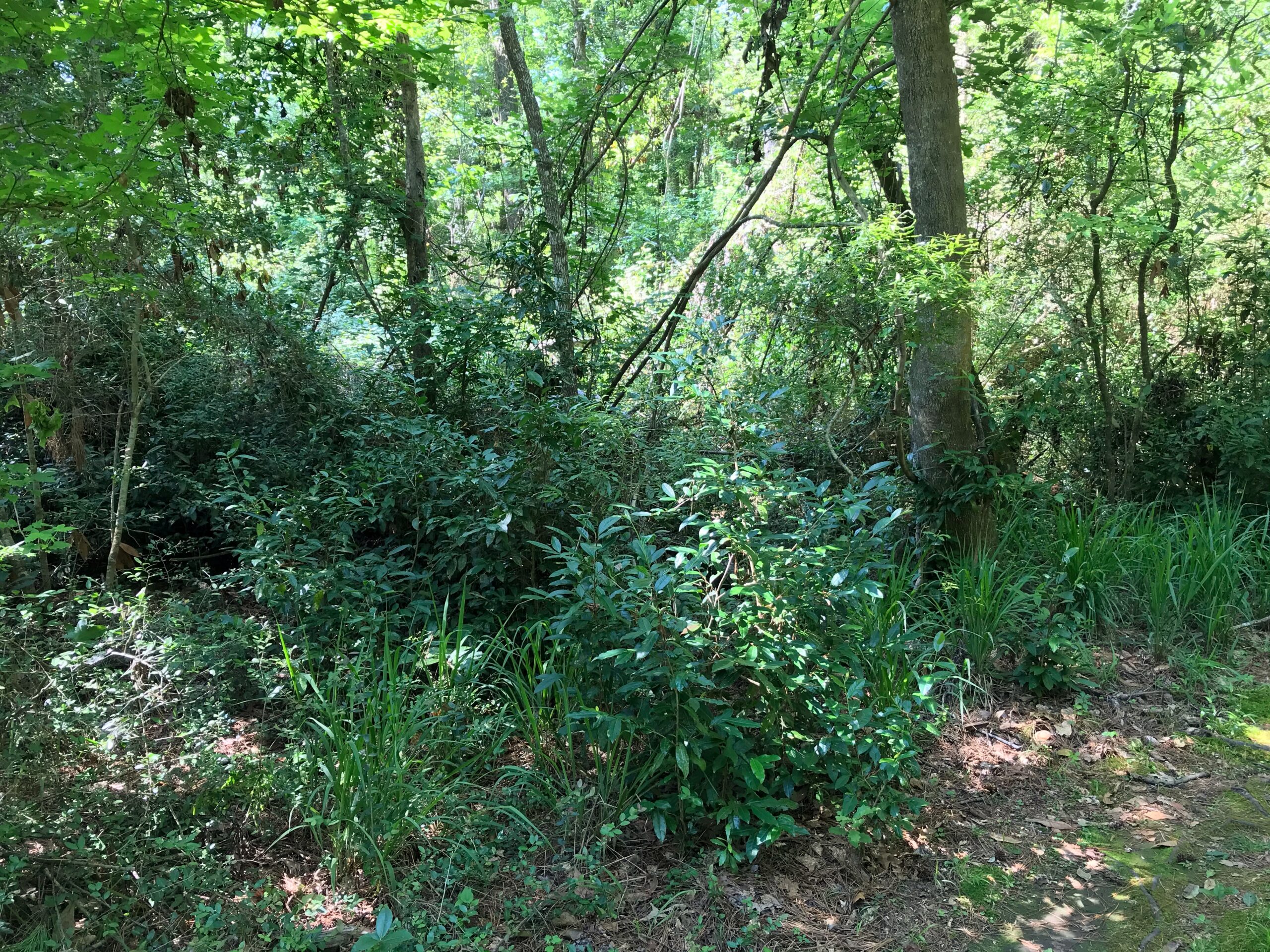
Tea plants growing in the forest understory at Caw Caw

A tea plant growing in container at Caw Caw

